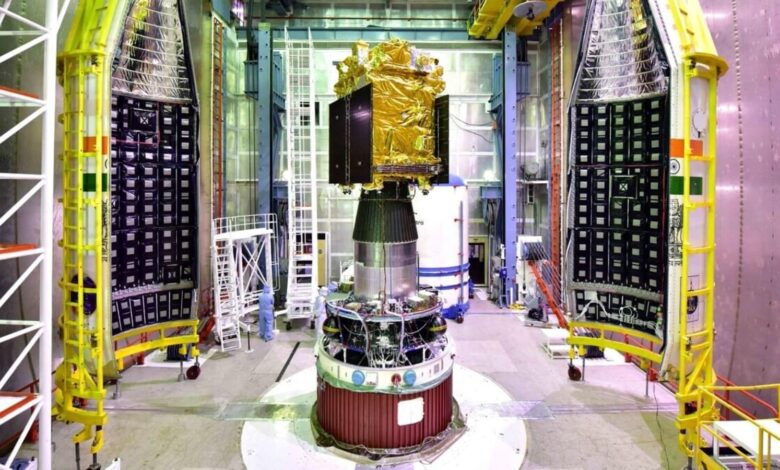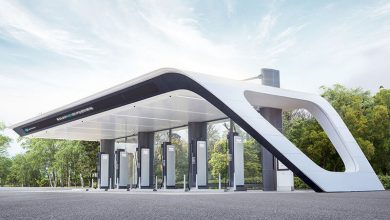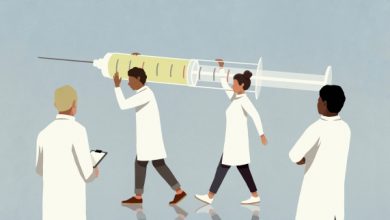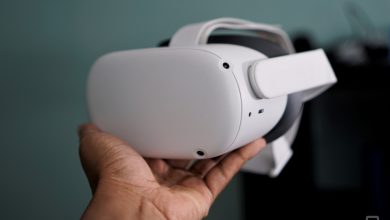Aditya-L1 mission: Massive data coming, here is how ISRO is preparing for it

The Aditya L-1 mission spacecraft is well on its way to the L-1 point from where it will constantly watch the Sun. ISRO expects it to generate massive amounts of data and for that, it will require huge manpower. The Indian Institute of Technology Kanpur (IITK) recently hosted the fifth Aditya-L1 Mission workshop in collaboration with the Aryabhatta Observational Science Research Institute (ARIES), Nainital. This three-day workshop was organised by the Department of Physics at IIT Kanpur and the Aditya-L1 Support Cell. These efforts are expected to yield great results derived from the information provided by Aditya L-1.
Bridging Theory and Practice
The Aditya-L1 Mission, undertaken by ISRO, marks India’s inaugural journey to study the Sun, its atmosphere, and its influence on Earth. IITK has actively participated in this scientific endeavour and has now initiated a workshop aimed at equipping selected final-year undergraduate (UG), MSc, and PhD students with the skills to harness upcoming data from the Aditya-L1 satellite, according to an India Education Diary report.
Nurturing Solar Science Enthusiasts
The workshop’s inauguration was led by Prof. Harshawardhan Wanare, Head of the Department of Physics and the Centre for Lasers and Photonics at IIT Kanpur. Prof. Gopal Hazra welcomed the attendees, while Dr. Vaibhav Pant of ARIES emphasised the importance of the Aditya-L1 support cell for analysing mission data.
Throughout the event, experts in the field delivered informative lectures. Prof. S. Krishna Prasad from ARIES provided an overview of the Sun and its structure. Subsequent sessions covered plasma processes within the Sun, its solar wind, its link to laboratory plasma, and techniques for measuring magnetic fields in space.
An institute lecture titled “The Mysterious Magnetic Personality of Our Sun” by renowned scientist Prof. Arnab Rai Choudhuri captivated an audience of over 300 attendees.
The second day of the workshop focused on observational aspects of the Sun, including solar flares, solar wind, coronal mass ejections, and solar energetic particles. Participants received hands-on training in using the magnetohydrodynamic code PLUTO, a crucial tool for computational astrophysics.
Participants also visited the Plasma lab of Prof. Sudeep Bhattacharjee, gaining insights into plasma generation and confinement. Additionally, they explored Prof. Aditya Kelkar’s accelerator lab, delving into the continuous acceleration of particles like electrons and protons within the Sun.
The third and final day centred on the Aditya-L1 mission, where participants, equipped with theoretical and observational knowledge, delved into the complexity of mission payloads. Prof. Dipankar Banerjee presented two key payloads, VELC and SUIT, and highlighted the potential for coordinated observations with NASA and ESA missions.
The workshop also provided a platform for students to engage with the IIT Kanpur community through open lectures. Prof. Dipankar Banerjee discussed “Aditya-L1: India’s Own Mission,” emphasising the collaborative effort that created this advanced space observatory. Prof. Piyali Chatterjee explored the intriguing coronal heating problem in solar physics and how the Aditya-L1 mission could help solve it.
One more thing! We are now on WhatsApp Channels! Follow us there so you never miss any update from the world of technology. To follow the HT Tech channel on WhatsApp, click here to join now!




